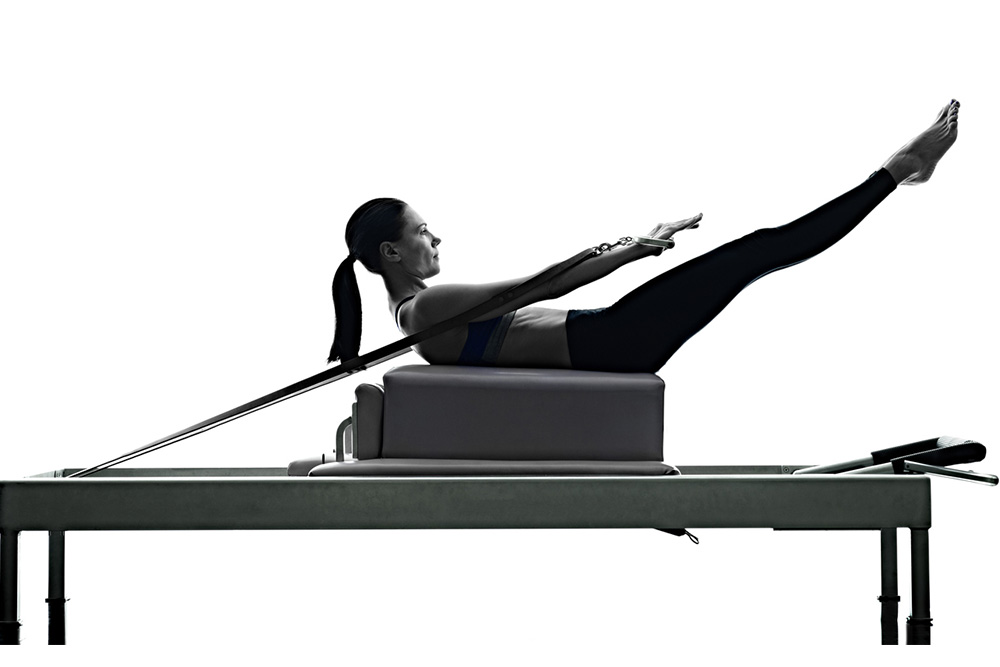Improve Surgery Outcomes and Recovery With Prehab

Going into surgery is a scary prospect. I mean, the thought if someone cutting into to muscle and bone then sewing some stuff together sends shivers up my spine.
And most would consider surgery like that to be on the minor end of the spectrum.
But did you know that a lot of the negative effects of surgery come after it has occurred? Yep, most of the residual effects are the result of muscle wastage during the recovery period.
Which is exactly where prehab enters the discussion.
What is prehab?
The word prehab (also known as multimodal prehabilitation) is derived from the word ‘prehabilitation’ (which is short for ‘preoperative rehabilitation’). It describes a type of exercise that is used before someone undergoes surgery (Wynter-Blyth, 2017).
As I have already alluded to, surgery is no small thing.
Surgery and the following recovery period can lead to losses in strength, muscle size, and function. If left unaddressed, this can result in pain, and even a loss in life quality. As such, prehab is the process of optimizing physical function through exercise before the operation occurs.
It essentially explains how to reduce the stress of surgery.
Related Article: What is prehab and why is it important?
Benefits of physical prehab before surgery
When we are looking at the benefits of prehab on postoperative outcomes, they are significant.
In fact, we see positive the effects of prehab on morbidity, length of hospital stays, and quality of life after surgery. We also see positive prehab effects on pain medicine intake after surgery.
Some of the key benefits of prehab before surgery include:
- Faster recovery
- Quicker return to function
- Enhanced movement quality after surgery
- Faster discharge after surgery
- Reduced need of pain medication after surgery
- Better core stability and muscle function after surgery
- Improved maintenance of muscle strength and power
- Greater maintenance of neuromuscular control and functional movement
- Improved quality of life after surgery
- Lower risk of surgically related mortality.
Like I said – they are significant.
Physical exercise recommendations before surgery
When we are talking about prehab before surgery, there are a few solid recommendations that can be made (Durrand, 2019).
First and foremost, you want to place a premium on cardiovascular fitness.
Having a solid foundation of cardiovascular fitness ensures that you will not see any significant declines in aerobic capacity and endurance after surgery. As these qualities have a direct impact on recovery, they are integral.
I like to aim for 3-4 moderate intensity sessions per week in the lead up to surgery. Moreover, if you have capacity to manage it, the addition of 1-3 high intensity interval sessions is also of significant benefit.
Secondly, you want to improve muscle strength and size.
Most major surgeries have an extended period of immobilisation after their completion. This leads to muscle wasting and a subsequent loss of strength – both of which are known to promote a loss of function.
In short, performing 2-3 resistance training sessions per week is a great way to increase lean muscle size and global muscle strength – which will protect against this decline.
Should I make and nutrition modifications before surgery?
In conjunction with the physical activity recommendations listed above, there is also some interesting research suggesting that your diet can play a role in the recovery process (Gupta, 2016; West, 2017; Whittle, 2018).
Patients who go into surgery in a malnourished state are 3 times more likely to experience negative effects on life quality than those who go in well-nourished.
It is also important to note that chronic inflammation has been shown to inhibit the healing process. As a result, the consumption of inflammatory foods has also been hypothesized to negatively impact surgical outcomes.
Nutrition recommendations before surgery
So, what can you do about it? How can you tailor your nutrition before surgery?
Well, some of the most common recommendations include:
- Increasing your energy intake to create an energy ‘buffer’ before surgery
- Increase your protein intake to ensure you have adequate amino acids available to facilitate recovery
- Avoid highly processed carbohydrates to improve your insulin sensitivity, lower blood sugar, and reduce inflammation
- Supplement with omega-3 fatty acids (i.e. fish oil) to reduce inflammation
- Supplement with Glutamine and Arginine to improve immune system health
As small as they look, making these changes in the lead up to surgery can have a massive difference.
How long does it take to gain benefits before surgery?
When it comes to optimising a prehab program, you might be wondering how long you need – and my answer?
How long is a piece of string?
To be completely honest, the more time you have available in the lead up to surgery, the better off you are going to be. Both muscular and cardiovascular adaptations take time – so the more time you take to develop them, the better your surgical outcomes.
However, it is important to note that we can draw some minimum recommendations from the literature.
It is generally accepted that it takes about 6-8 weeks to see a significant improvement in cardiovascular fitness after adopting an aerobic exercise regime. Conversely, it might take up to 8 weeks before you see any changes in your muscle size.
With this in mind, I would recommend a minimum of 12 weeks of training to ensure that your prehab training has a significant impact before surgery.
And obviously, if you have more time available, use it – because in this particular situation, more is definitely better.
Related Article: The Importance of Maintaining Mobility during Hospitalization
Best prehab tips
While I have provided some information outlining how to exercise before surgery, I wanted to highlight some more specific prehab recommendations – so here we go:
- Aim to get at least 150 minutes of aerobic activity in per week. I like to break this up into 3-4 moderate intensity sessions, and 2-3 HIIT sessions.
- With your aerobic activity, make sure you choose exercises that do not irritate your current injury (often swimming, cycling, and rowing are great low-impact options).
- Implement 2-3 resistance training sessions per week.
- With your resistance training exercises, choose exercises that train the muscles around the area being prepared for surgery (i.e. if you are having knee surgery, make sure you strengthen the muscles of the lower limb)
- Don’t be afraid to use machines if you don’t feel comfortable using free-weights in the lead up to surgery
- Use sets of 6-12 repetitions to build strength and muscle size.
And there you have it – some great prehab tips.
Related Article: Don’t Resist Resistance Training
Take Home Message
Prehab is arguably one of the most effective ways to improve your health outcomes after surgery. In fact, it has been shown to improve nearly every metric of surgical success.
Talk about effective.
If you are going into surgery in the future, use the tips outlined in this article to create a solid prehab routine. Trust me when I say it will make a world of difference.
References
Wynter-Blyth, Venetia, and Krishna Moorthy. “Prehabilitation: preparing patients for surgery.” BMJ: British Medical Journal (Online) 358 (2017).
Durrand, James, Sally J. Singh, and Gerry Danjoux. “Prehabilitation.” Clinical Medicine 19.6 (2019): 458.
Gupta, Ruchir, and Tong J. Gan. “Preoperative nutrition and prehabilitation.” Anesthesiology clinics 34.1 (2016): 143-153.
West, Malcolm A., Paul E. Wischmeyer, and Michael PW Grocott. “Prehabilitation and nutritional support to improve perioperative outcomes.” Current anesthesiology reports 7.4 (2017): 340-349.
Whittle, John, et al. “Surgical prehabilitation: nutrition and exercise.” Anesthesiology clinics 36.4 (2018): 567-580.
You Might Like:














































